In the city of Montréal, and throughout the Province of Québec, the official language of commerce and administration is French. Ever wondered why they call it French Canada?
But seriously, for all practical purposes, Montréal is a bilingual city, a melting pot of anglophones, francophones and a huge population of immigrants. Exploring the city, you’ll quickly find that most residents—but not all—speak both French and English. But if you’re looking for a place to live, and only speak one of those languages fluently, then you will want to know which neighbourhoods favour English speakers and which are more predominantly French speaking.
According to Statistics Canada, Montréal had about 2.4 million native (mother tongue) French speakers in 2011, comprising around 63% of the city’s population. Native English speakers, by contrast, made up only 11.6% of the population. Of those francophones, nearly half of them (31% of the total population) only speak French. Only a third of the anglophones consider themselves unilingual (3.5% of the total population).
As you can see, francophones definitely make up the majority of the city. At the same time, Montréal is a city of neighbourhoods, and some parts of town favour English speakers more than others. Most of the city is French speaking, but there are certain neighbourhoods with a higher concentration of anglophones. Likewise, there are numerous ethnic neighbourhoods made up of Greeks, Italians, Ukrainians, and so forth.
Which are the most English speaking neighbourhoods of Montréal?
As explained above, unilingual anglophones are a distinct minority in the French Canadian city of Montréal. However, there are neighbourhoods with a higher proportion of English speakers. If you’re moving to the city and don’t speak any French, we would strongly encourage you to take some classes in order to better integrate with the local culture. (Check out the list of language schools at the bottom of this article on International Schools in Montréal.) But you might also be more comfortable in one of the following neighbourhoods.
Montreal West (Montréal-Ouest)
This primarily residential suburb to the southwest of the city centre has an unusually high concentration of anglophones. Of the 5,000 residents, about two-thirds speak English as their first language, and three-quarters speak English at home. Montreal West is a relatively affluent part of town, and you’ll see that religious lines also follow the language lines. While francophone neighbourhoods tend to be more Catholic, Montreal West has more Protestant churches.
English speakers have great education options in this neighbourhood. The Royal West Academy is the highest rated anglophone high school in all of Québec. Safe and filled with public parks, it’s also a very desirable area for young families.
Have a look at our in-depth article on Montreal West to learn more.
Notre-Dame-de-Grâce (NDG)
A larger suburb, bordered by Montreal West and Westmount in the city’s West End, NDG has a population of nearly 70,000. Within that population there is quite a bit of diversity and communities within communities. But for the most part, NDG consists primarily of anglophones and upwardly mobile, middle class Canadians. Visible minorities make up about one-third of the neighbourhood.
Most of this area is residential, with commercial and institutional facilities to serve the anglophone population. The English Montreal School Board (ESMB) operates 40 primary and 17 secondary schools in NDG.
Westmount
One of the most upscale suburbs of Montréal, this English-speaking enclave now rivals parts of Vancouver and Toronto for having the most expensive neighbourhoods in Canada. With a population of about 20,000, Westmount also has some of the city’s most appealing parks and gardens.
Nearly 55% of residents describe themselves as native English speakers. Westmount has a great number of schools, both public and private, to serve this anglophone population.
Check out our article on the Private Schools of Westmount for more details.
The Suburbs
As you get further outside of the Montreal city centre, you might find English to be more prevalent. This is definitely the case on the far west end of the island, beyond Montreal West and the airport. Residential neighbourhoods like Sainte-Anne-de-Bellevue, Kirkland and Pointe-Claire all have a clear anglophone majority.
In the other direction, Brossard, on the east side of the Saint Lawrence River, has nearly four times as many native English speakers as native French speakers. Keep in mind however, that almost half of the residents have a mother tongue other than French or English.
Which are the most French speaking neighbourhoods of Montréal?
Montréal is predominantly French speaking, especially when you get outside of the West End suburbs listed above. But there are a handful of neighbourhoods that are even more French than others.
Plateau-Mont-Royal
Located in a flat area north of downtown, this borough has just over 100,000 residents, making it the most densely populated neighbourhood in all of Canada. This 8 sq km area has long been characterized by a mix of French and Québécois heritage. Today, Québécois continue to occupy most of the eastern portion of the Plateau, while the rest of the borough has become increasingly popular for Parisian ex-pats and hipsters. It is something of an upper-middle-class neighbourhood.
Rosemont–La Petite-Patrie
In the centre-east of Montréal, this 125,000-person borough contains many of Montréal’s ethnic quarters, including Little Italy. For this reason, about 12% of the borough speak a language other than French or English at home. Anglophones, on the other hand, make up only 5% of the population, while the remaining 83% speak French at home.
Rosemont–La Petite-Patrie holds many important features and landmarks, like the Olympic Village, the Jean-Talon Market, the Botanical Gardens and the Insectarium.
Mercier-Hochelaga-Maisonneuve
This large borough on the east end of the island has a very urban character, featuring a strong industrial presence along with plenty of residential zones. The heavily working class neighbourhood is not considered one of the nicer parts of Montréal, especially on the west side. Some still refer to Hochelaga-Maisonneuve as the French ghetto. An overwhelming 85% of residents speak French at home, compared to just 5% English. There’s also a high concentration of Vietnamese immigrants here.
Ville-Marie
In the heart of Montréal, the borough of Ville-Marie includes downtown, Old Town, and the particularly Francophone neighbourhoods of Quartier Latin and Centre-Sud. The Quartier Latin is home to Montréal’s burgeoning entertainment district, Quartier des Spectacles, and a variety of French universities and post-secondary schools. Centre-Sud contains the Gay Village as well as Sainte-Marie, something of a French working class neighbourhood.
The Suburbs
Outside of Montreal, you can find some very strong francophone suburbs as well. East of the Saint Lawrence River, right next to Brossard, Longueuil has an overwhelming majority of native French speakers, 79 percent according to the 2016 census. And to the north of Montreal Island, French is nearly as dominant in Deux-Montagnes, where it’s the mother tongue of about 75 percent of residents.
Learn more
ARIANNE Relocation has been helping families, students and professionals move to and get settled in Montréal since 1996. Check out our range of products and services designed to help Canadian newcomers get to know their new city and culture, find housing and schools, and navigate the bureaucracy.
You can also take a look at some of the following links and articles:
- Online Relocation Guide for Montréal
- Where to live when moving to Canada
- Cost of living in Montréal vs. Toronto
- Moving to Canada as a family
PHOTO CREDIT: Etienne Delorieux (Unsplash)

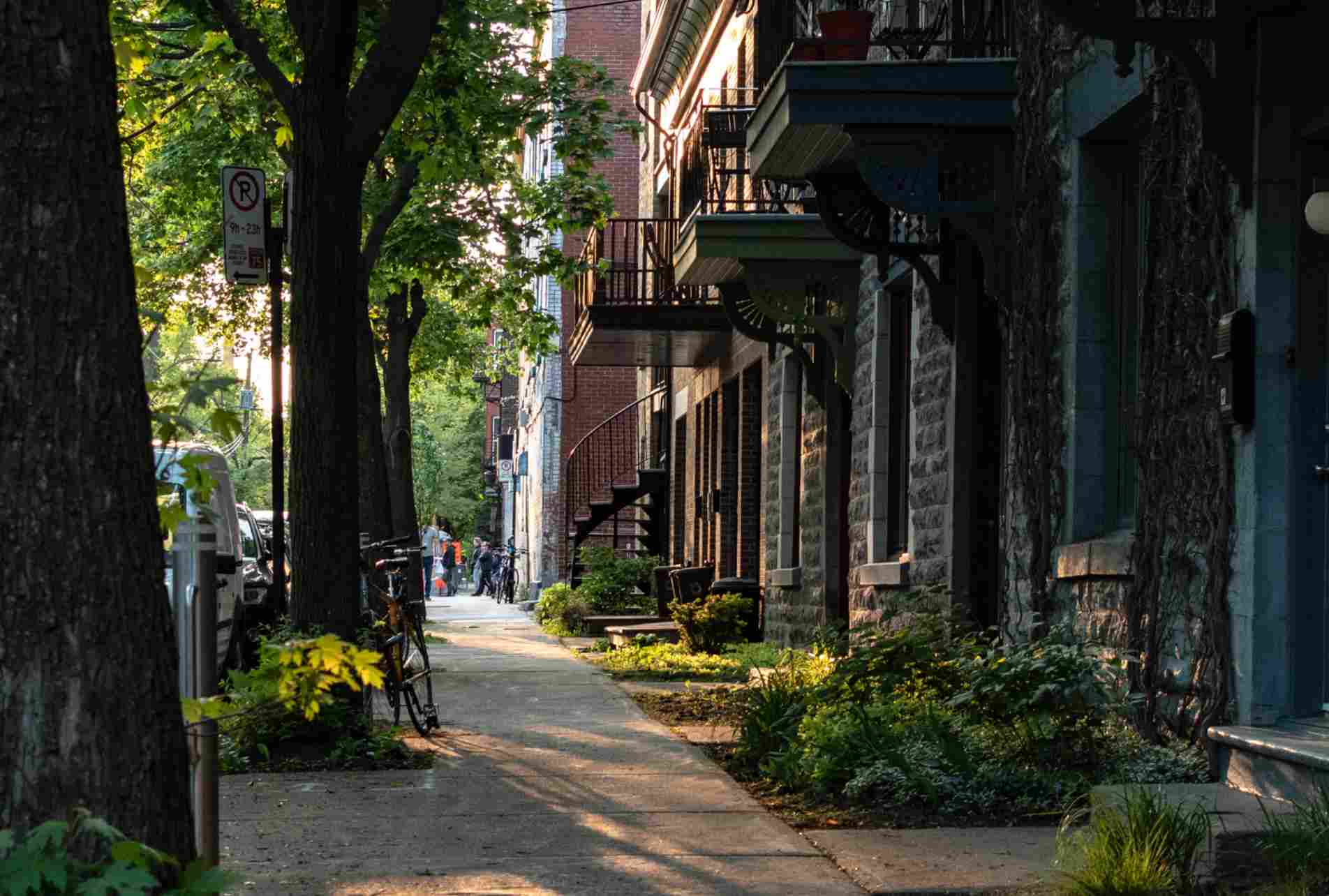
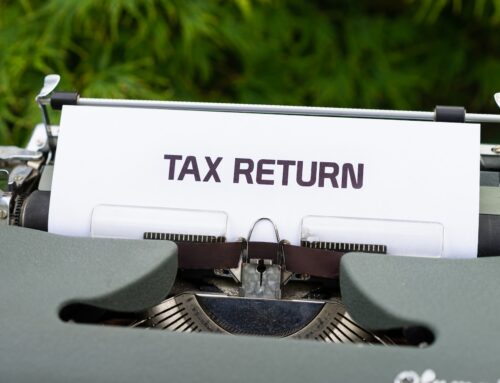

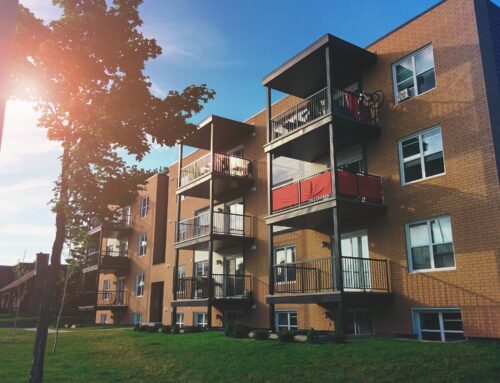
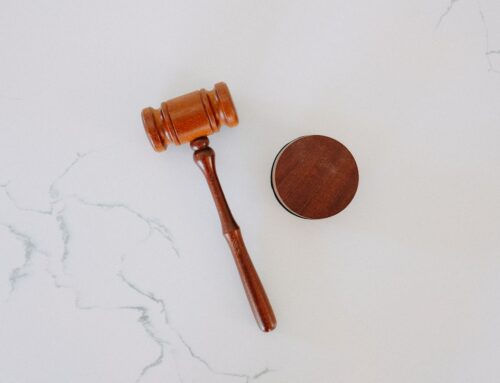
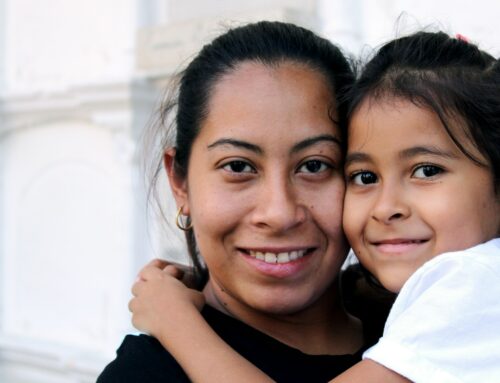
Leave A Comment